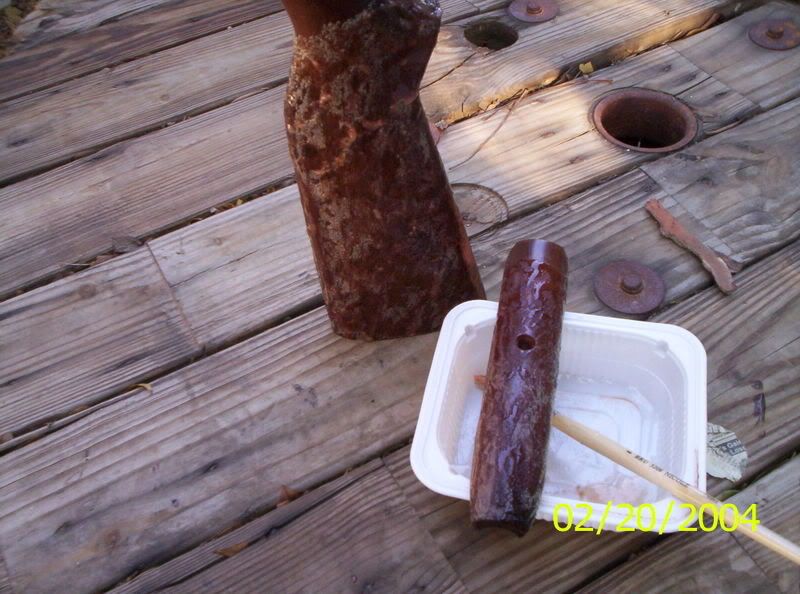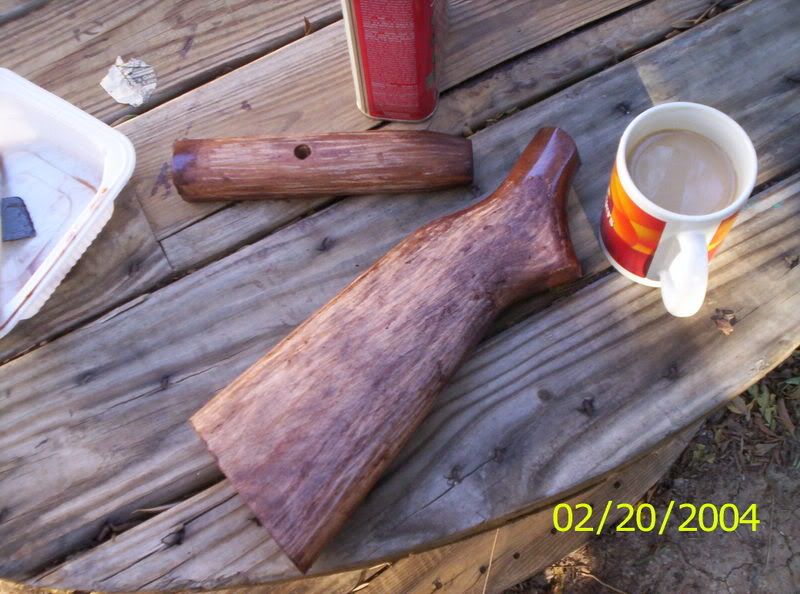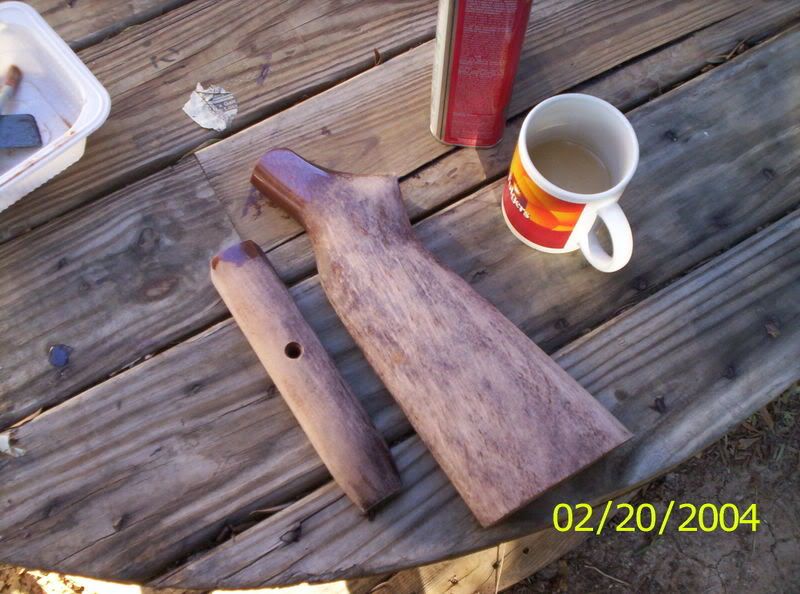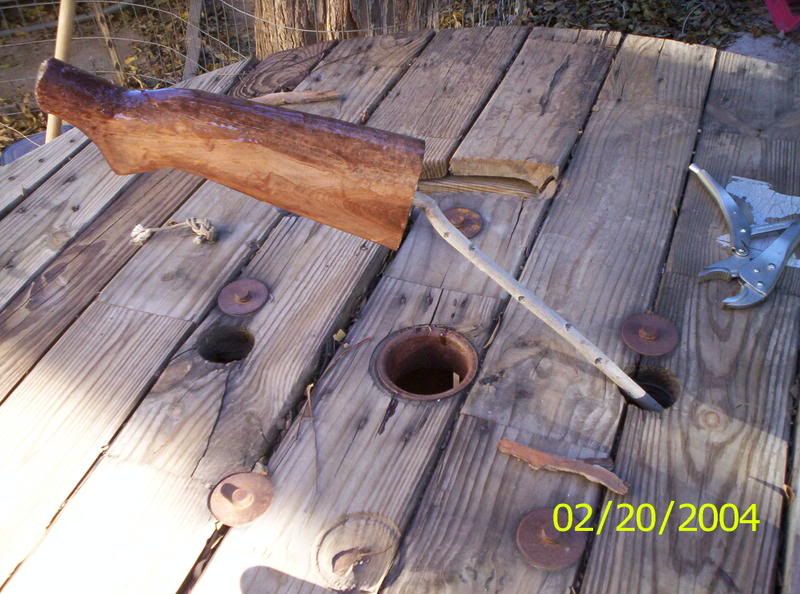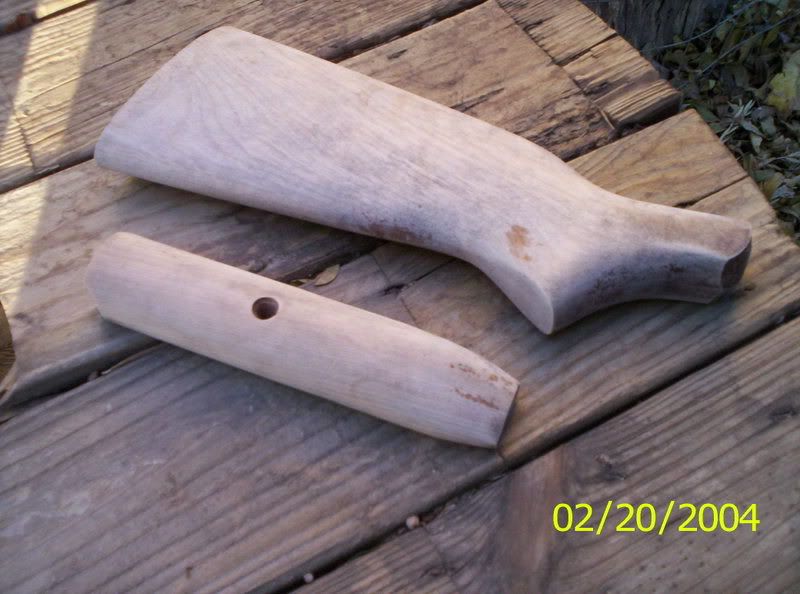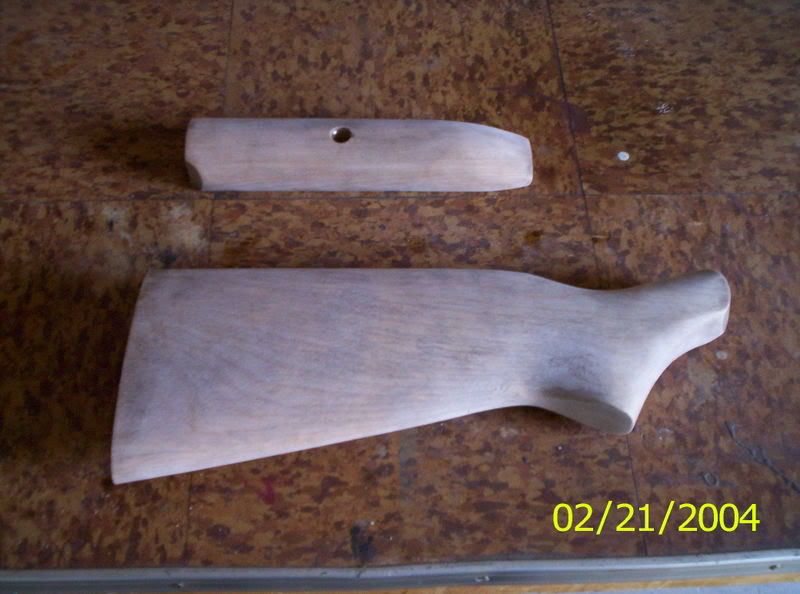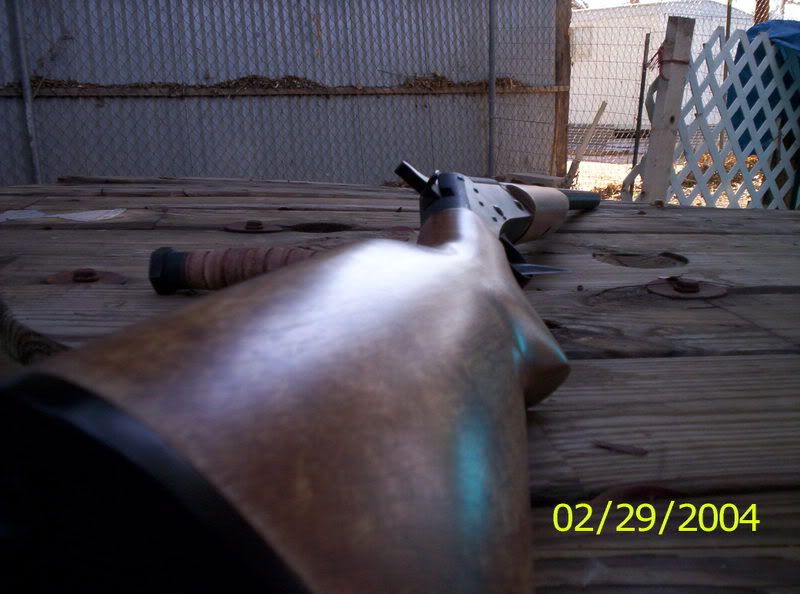JIMinPHX-
Filling the grain is done after you have raised the grain and removed the whiskers. I use a mixture of fine wood sanding dust (from my 320 or 400 grit sanding) and finish to create a sloppy paste that I apply liberally and allow to tack up. I then remove the majority of the excess with a coarse cloth. The remaining paste is worked into the grain by hand and allowed to dry. After which I fine sand this down to the surface of the wood. It results in a smooth surface for the finish to be applied to. You don't need 20+ coats of finish to get to an acceptable finish that way.
Word of caution- I don't fill the grain in the areas I intent to checker. The small amount to sanding grit that gets mixed in with the wood dust will dull your checkering tools in short order.
Regards,
Everett

|
   
   
|


|



 Reply With Quote
Reply With Quote










